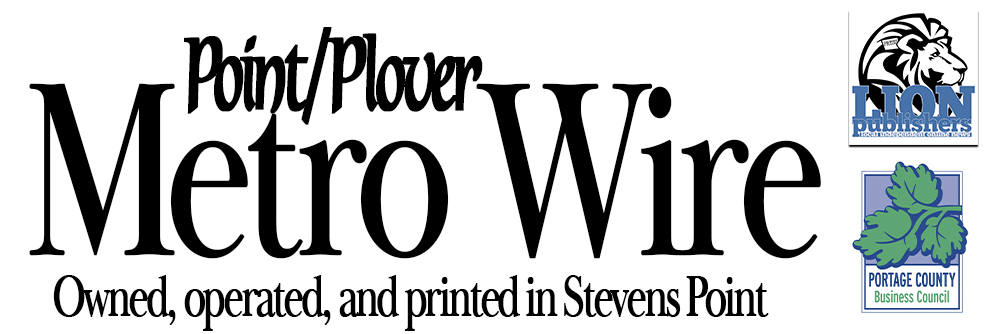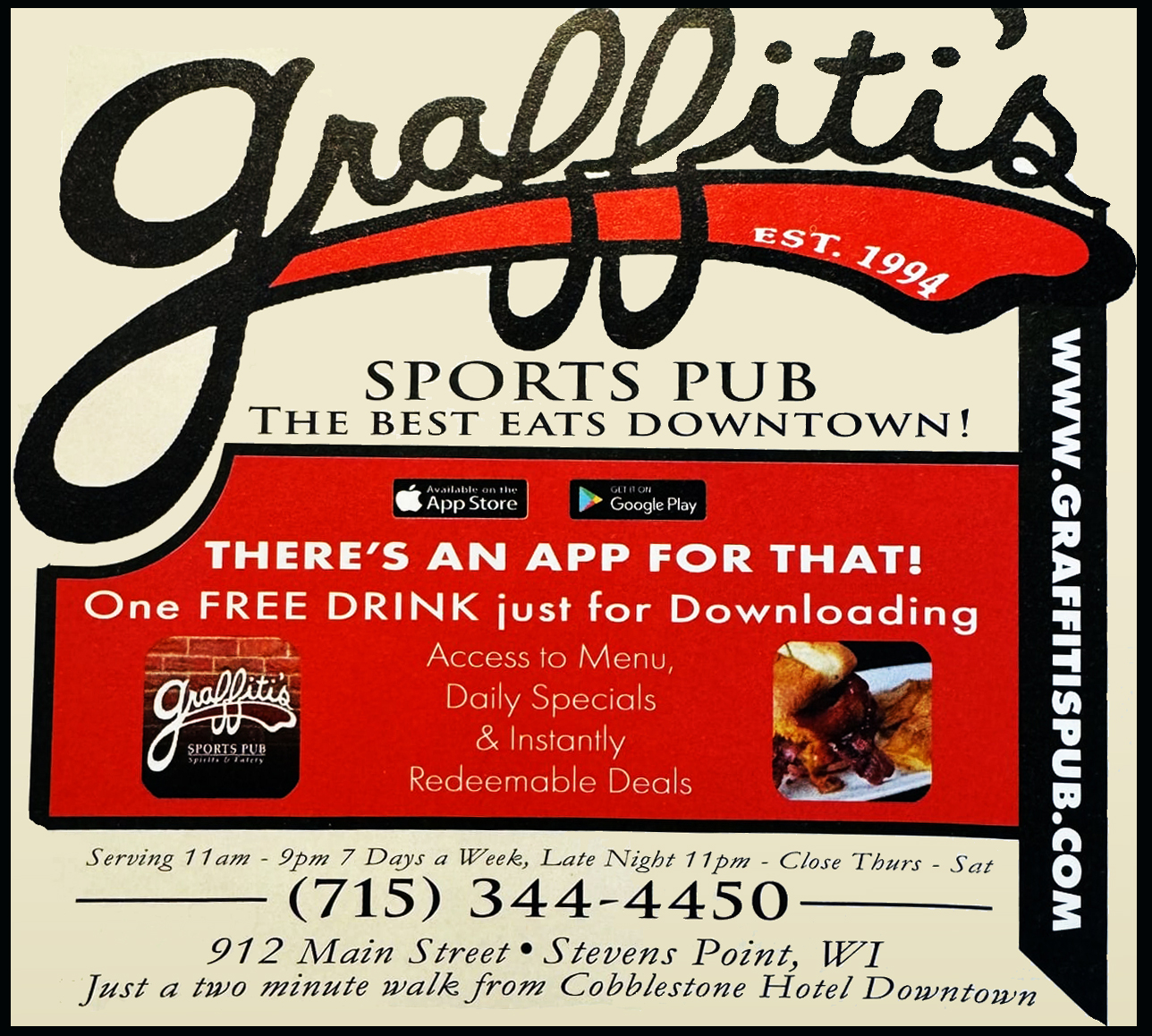Column: What is the ‘Chasing Arrows’ logo, and what does it mean?
By Amanda Haffele
The chasing arrows symbol, which is referred to as the “recycling symbol,” was invented in 1970 by Gary Anderson, a 23-year-old college student who won a design contest sponsored by the Container Corporation of America.
The company asked contestants to come up with a symbol that would represent the paper recycling process. Anderson’s design won and he was awarded around $2,000 for what he said was “a day or two of work.”
The original theory or idea behind this new symbol was so consumers would know how much, if any, recycled content was in paper products. The paper industry took the original design and created two additional symbols, which are still in use today.
But the industry wasn’t able to get a patent on the original symbol and therefore it became public domain. The popularity of the design spread quickly and became a national symbol to represent recycling.
Resin Identification Code
In 1988 the Society of the Plastics Industry created the Resin Identification Code. This code was invented to aid manufacturers in identifying what type of polymer or plastic was used in the manufacturing process. The code incorporates Anderson’s design by placing a number (1 – 7) in the middle of the arrows.
You can find the resin identification code on plastic containers, packaging, toys, etc. You may recognize this code on the bottom of soda bottles (#1 plastic) or detergent bottles (#2 plastic).

The Wisconsin Waste Reduction and Recycling Law was passed in 1990. Wisconsin Statutes Ch. 287 outlines that plastic containers are banned from landfills and Wisconsin Administrative Code NR-542 specifically says #1 and #2 plastic bottles and jars are banned from landfills.
Being new to recycling education municipalities, recycling companies, and even Portage County Solid Waste used the resin identification code to inform residents on what type of plastic could be collected and recycled.
It worked great during recycling’s infancy stage, however, with the invention of new products, shapes, and additives, this identification code no longer tells the whole truth.
Take polyethylene as an example. It can be created to be low-density polyethylene or LDPE, linear low-density polyethylene or LLDPE, medium-density polyethylene or MDPE, or high-density polyethylene or HDPE. However, these plastics are generally only identified using two resin identification codes, #2 and #4.
Another example is berry or cupcake containers (thermoforms) and water or soda bottles are identified using a #1 plastic. Thermoforms are created by molding a sheet of plastic around a mold. Bottles are created by injecting air into a glob of plastic to form the shape of the mold around it. Even though they are both identified as polyethylene terephthalate or PET, they are slightly different in their chemical makeup.
The amount of stress thermoforms can handle is much less than that of bottles. Therefore, thermoforms can greatly reduce the strength of the plastic needed to create bottles.
Confused yet?
Thermoforms can only be recycled into thermoforms but bottles can be recycled into bottles, thermoforms, carpets, clothing, backpacks, etc. Both are stamped as a #1 plastic but only the bottles are recyclable in Portage County.
What’s the takeaway?
The chasing arrows or recycling symbol has brought awareness to our society about recycling. On the other hand, it has also created a misconception within our society that because an item has a recycling symbol means that it has to be recycled. However, not all items are created equal.
With different ingredients, drying times, processing equipment, and available markets not everything can be recycled. Contamination is an increasing problem, especially with plastics. This is due to the consensus among U.S. citizens that when in doubt recycle.
If you are unsure if any item can get recycled, call and ask, or err on the side of caution and throw it out.
Remember, when it comes to plastics, only recycle plastic bottles, jugs, and dairy containers in Portage County. Bottles and jugs will either have a belly button, nipple, or a straight seam on the very bottom.
Dairy containers include anything that looks like or is a cottage cheese, margarine, sour cream, or a single serving of yogurt (foil top not recyclable) container.
Finally, keep plastic caps, pumps, and lids on the containers. They will get recycled this way. If loose in the cart, they will fall through sorting equipment and end up in the trash.
Amanda Haffele is the Portage County Solid Waste Director. She works at the Material Recovery Facility, 600 Moore Rd., Plover, and can be reached at 715.343.6297 or [email protected].


